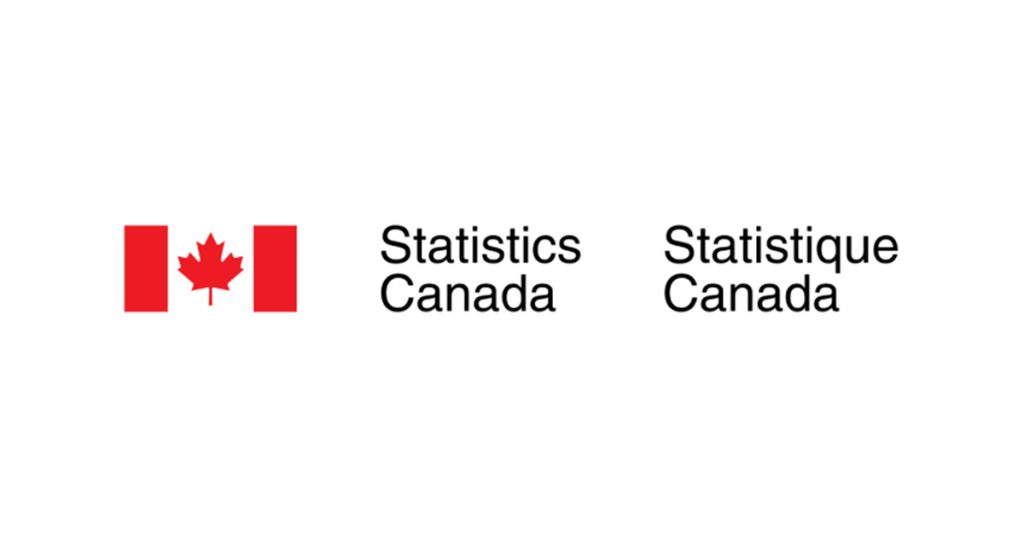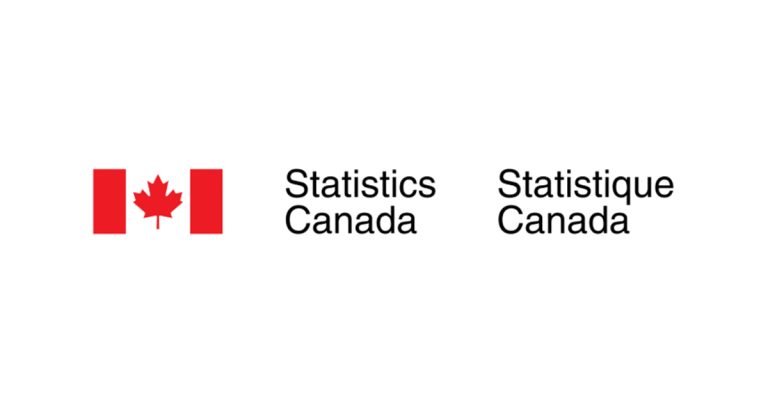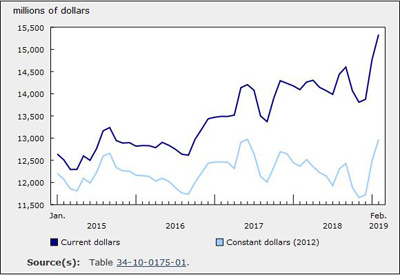Wholesale Trade, April 2025

June 16, 2025
Wholesale sales (excluding petroleum, petroleum products, and other hydrocarbons and excluding oilseed and grain) fell 2.3% to $84.0 billion in April. Sales decreased in six of the seven subsectors, representing 81.6% of total wholesale sales. The largest decrease came from the motor vehicle and motor vehicle parts and accessories subsector (-6.5% to $14.3 billion). Wholesale sales were 0.1% higher in April compared with the same month one year earlier.
In volume terms, wholesale sales (excluding petroleum, petroleum products, and other hydrocarbons and excluding oilseed and grain) decreased 2.2% in April.
Chart 1
Wholesale sales (excluding petroleum, petroleum products, and other hydrocarbons and oilseed and grain) decrease in April

Motor vehicle and motor vehicle parts and accessories lead sales decrease in April
After leading the increase in wholesale sales in March, sales in the motor vehicle and motor vehicle parts and accessories subsector decreased 6.5% in April to reach $14.3 billion. This decrease was driven by sales in the motor vehicle industry group (-7.7% to $11.5 billion).
The miscellaneous subsector also contributed to lower wholesale sales in April, decreasing 3.8% to $10.5 billion. The agricultural supplies and the mineral, ore and precious metals industry groups led the decrease.
The decline in wholesale sales in April was partially offset by higher sales in the food, beverage and tobacco subsector (+1.2% to $15.4 billion), with the food industry group (+1.4% to $13.7 billion) being the main contributor to this increase.
Ontario leads provincial sales decline
In April, seven provinces recorded a decrease in wholesale sales, with Ontario leading the way.
Ontario recorded a second consecutive month of declining wholesale sales, down 2.1% to $43.4 billion in April. Sales decreases were observed in two of the seven subsectors, driven by the motor vehicle and motor vehicle parts and accessories subsector (-10.2% to $9.4 billion).
Saskatchewan saw the second-largest decline in provincial wholesale sales in April, falling 13.2% to $3.5 billion. Sales decreased in six of the seven subsectors, with the machinery, equipment and supplies subsector (-20.3% to $1.2 billion) experiencing the most significant drop.
British Columbia also recorded a decline in provincial sales, falling 5.7% to $7.7 billion in April. Sales decreased in five of the seven subsectors, with the mineral, ore and precious metal industry group within the miscellaneous subsector reporting the largest decline.
Inventories fall in April
Wholesale inventories (excluding petroleum, petroleum products, and other hydrocarbons and excluding oilseed and grain) were down 0.2% to $129.4 billion in April.
In April, five of the seven subsectors recorded declines, led by the building material and supplies subsector (-0.7% to $22.4 billion) and the machinery, equipment and supplies subsector (-0.4% to $39.6 billion).
The inventory-to-sales ratio increased from 1.51 in March to 1.54 in April. This ratio is a measure of the time (in months) required to exhaust inventories if sales were to remain at their current levels.
Impact of Canada–US trade tensions
Feedback from respondents for April highlighted the effects of trade tensions between Canada and the United States on Canadian wholesale businesses. Supplementary questions asked to respondents show that 43% of wholesale businesses were impacted by the trade tensions in April. The most common impacts were price increases, change in demand for product, and increased expenses for raw materials, shipping or labour. Wholesale sales were negatively impacted in all seven subsectors, with the most significant decreases being in the machinery, equipment and supplies subsector and the motor vehicle and motor vehicle parts and accessories subsector.











